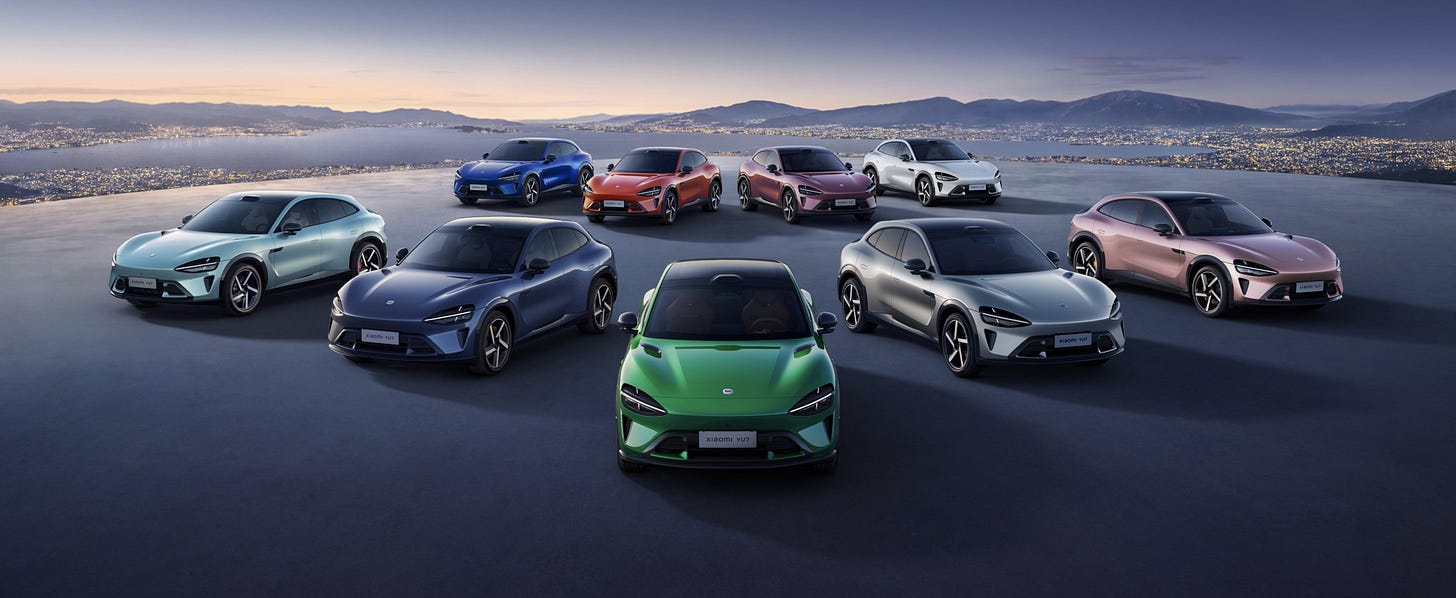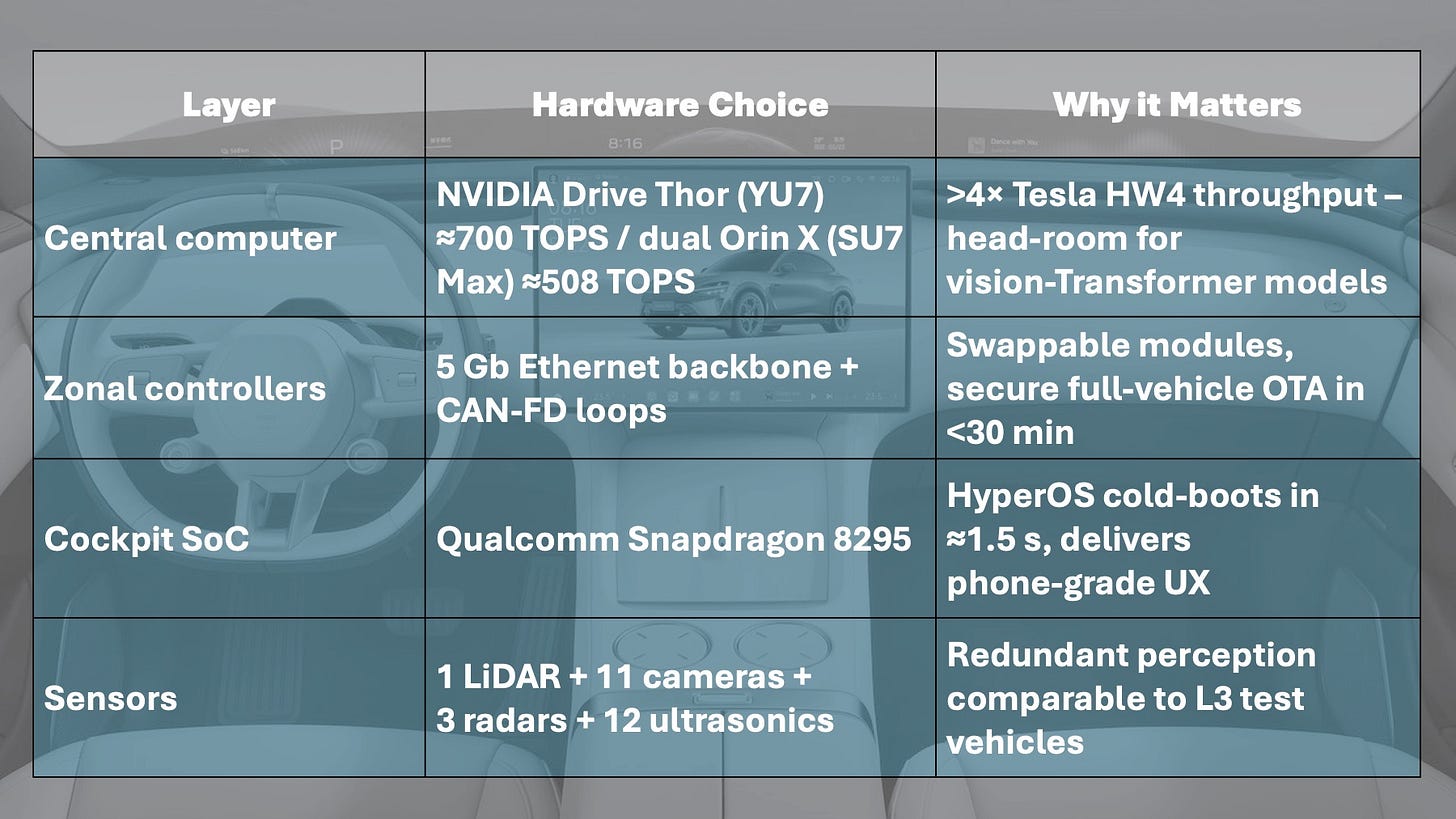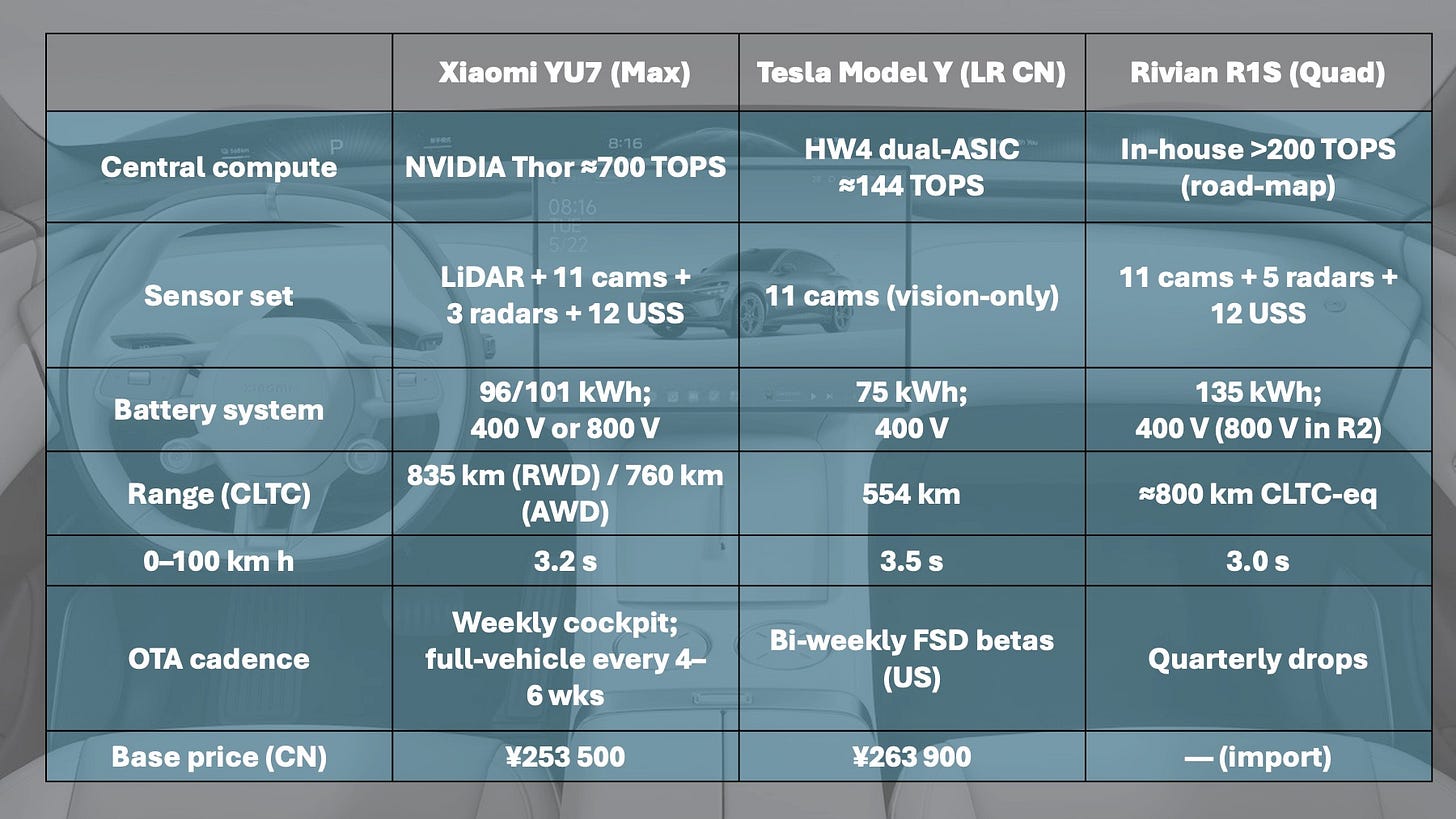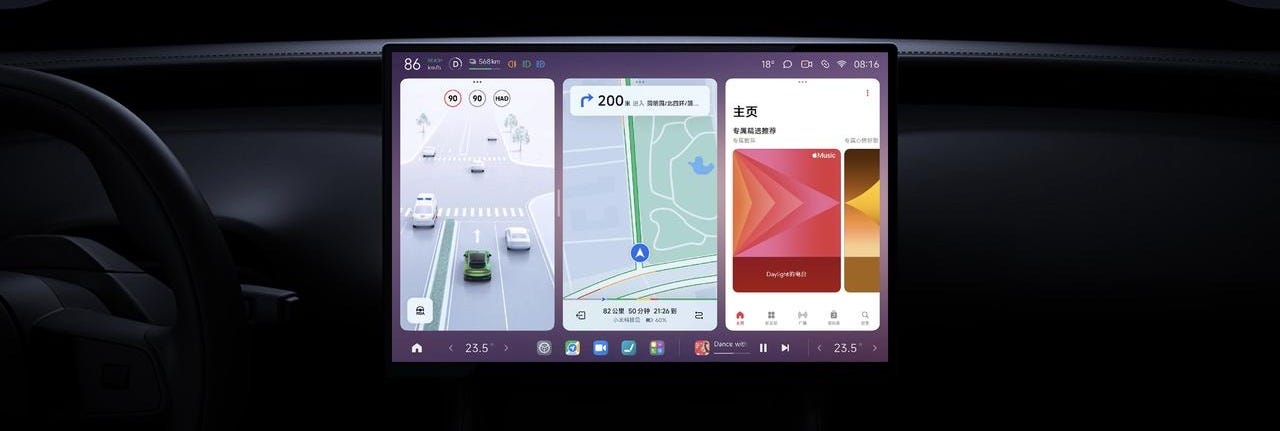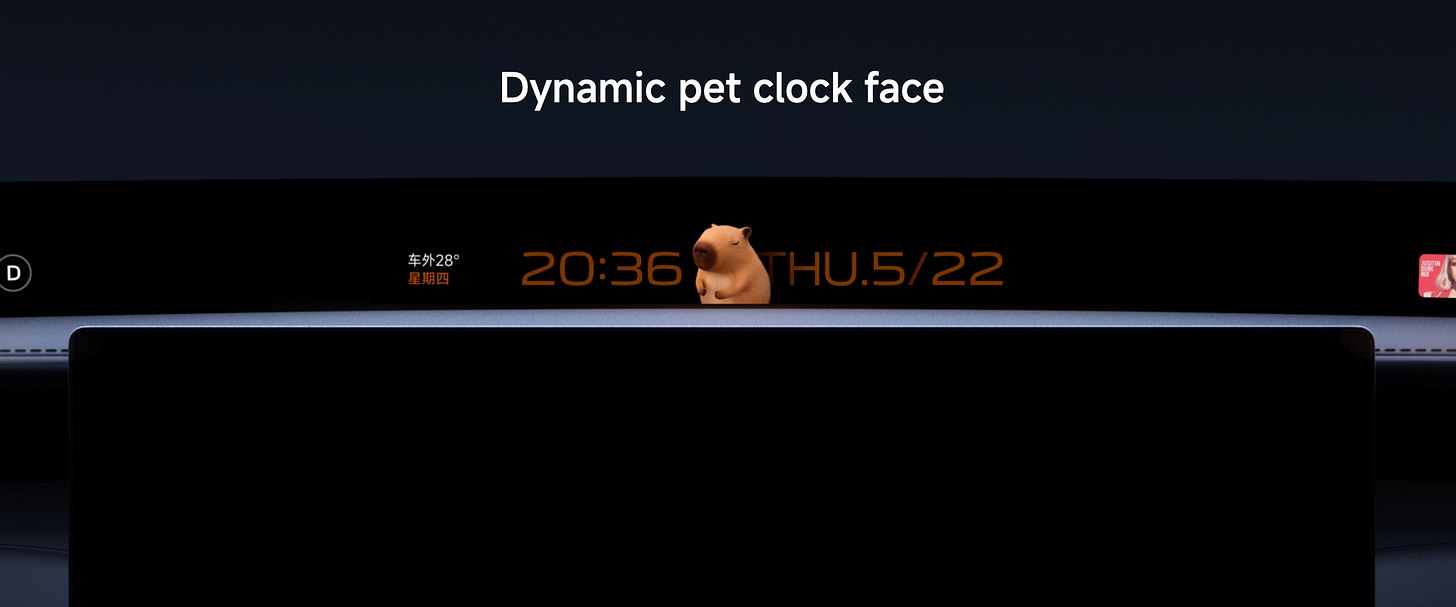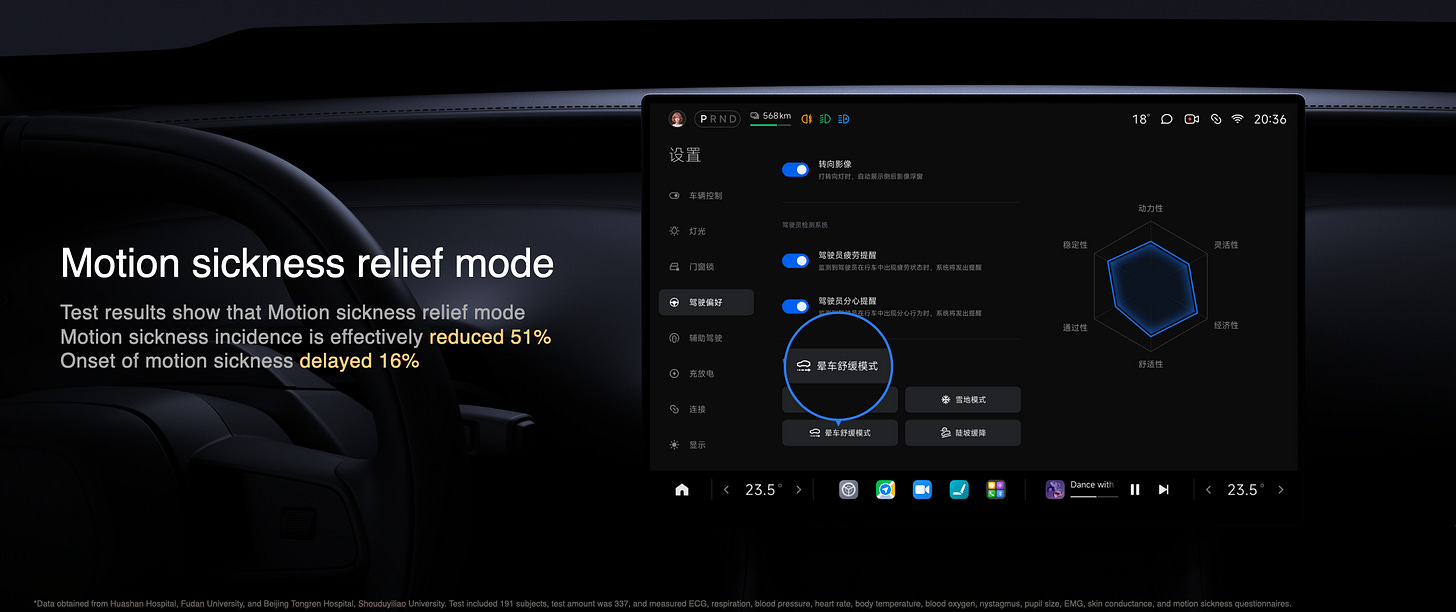Smartphone on Wheels: The Xiaomi Way of building car like smartphones
How Xiaomi is turning phones, factories— and now cars—into one updatable ecosystem.
1. Introduction – The phone maker that outsold Tesla
In March 2024 Xiaomi’s debut sedan, the SU7, briefly overtook Tesla’s Model 3 in Chinese monthly sales. Fifteen months later the SUV follow-up, the YU7, racked up ≈240 000 locked orders in its first 18 hours, triggering delivery waits of up to 60 weeks. Behind that stampede sits a strategy familiar to smartphone fans: squeeze margins on hardware, over-deliver on specs, and rely on software updates and ecosystem lock-in to create lifetime value.
Xiaomi’s bet is that the next big consumer device is the car—and that winning the software-defined vehicle (SDV) race matters more than owning a century of mechanical know-how. This article dives into the technology, AI methods, manufacturing tricks, and ecosystem play that power that wager.
2. Xiaomi’s SDV Blueprint
2.1. Compute & E/E architecture
Xiaomi adopted a semi-centralised architecture: one “brain” plus zonal nodes rather than dozens of siloed ECUs.
2.2. Spec-sheet duel: Xiaomi vs Tesla vs Rivian
3. HyperOS & the Living-Room-to-Car Continuum
HyperOS unifies Xiaomi phones, TVs, wearables and now cars:
Miaoxiang Desktop lets users swipe an app or video from their phone to the 16·1″ 3K centre display.
Ultra-wideband keys, Action-Button shortcuts and CarPlay mean that even iPhone owners—52 % of early YU7 customers—feel at home.
The vehicle appears as just another node in the Mi Home app, so firmware pushes, parts diagnostics and over-the-air features unlock re-use of Xiaomi’s existing CI/CD cloud.
4. AI Everywhere: From Code to Road to Factory
4.1. Product AI
End-to-end driving model – Bird’s-Eye-View + Transformer + Occupancy network trained on 10 million real-world clips drives Xiaomi Pilot’s city NOA.
Weekly “scene mining” pipeline – fleet and smartphone cameras feed a data lake where auto-labelling discovers edge cases nightly.
In-cabin AI – Large-language-model voice assistant runs at the edge, pulling context from the calendar, Mi Home sensors and navigation to answer queries like “Set AC to match my living-room temperature”.
Predictive maintenance – Onboard models forecast inverter and battery health, scheduling service proactively.
4.2. AI-Assisted Development
Simulation-first validation: 200+ virtual cities in NVIDIA Omniverse drive 40 × real-time miles; real-road release gates are triggered only after synthetic miles hit coverage thresholds.
AI-driven CAD: generative design tools iterate suspension knuckles and casting ribs, shaving grams before reaching the die.
Factory vision AI: defect-detection nets inspect welds and paint in milliseconds, feeding back into SPC dashboards.
Xiaomi backs this with ¥4.7 billion smart-driving R&D funding and >1000 specialist engineers (3000 across the broader AI Lab).
5. Manufacturing Edge: HyperCasting & Vertical Integration
Two Haitian presses rated at 9100t cast each rear under-body in a single shot—bigger than Tesla’s 9000t machines. The process merges 72 parts, eliminating 840 welds and trimming the weight by 17 %. Integrated cell-to-body packs slide into the skateboard, while in-house “Titan” alloy halves heat-treat time. The goal is smartphone-like iteration: Xiaomi claims body-frame cycle time is ≈120 s, enabling faster tack-ons of mid-cycle hardware refreshes.
6. Smart-Driving Progress & Pitfalls
Highway Navigate-on-Autopilot shipped day one; city NOA (Navigate on Autopilot) is rolling out to ten pilot cities with expansion promised to 100 by year-end.
A sobering moment came on 29 March 2025 when a standard-trim SU7 (no LiDAR) crashed, killing three occupants. Regulators reacted by banning the advertising terms “smart/autonomous driving”, insisting that over-the-air upgrades pass safety audits. Xiaomi’s counter-measure: equip every YU7—base included—with the full sensor suite and tighten DMS attention checks.
7. Lessons for Legacy Automakers
Centralise compute and decentralise interfaces. One Thor box plus zonal nodes out-innovates 80 domain ECUs.
Cast early, cast big. Die-casting is the physical pre-requisite for OTA-friendly modularity—and you can’t retrofit it later.
Treat the car as a node. HyperOS shows that phones, TVs and cars can share UI concepts, data pipes and cloud CICD.
Ship, learn, iterate. Weekly cockpit patches turn owners into beta partners and compress feedback cycles from months to hours.
Language matters. Overselling autonomy erodes trust; precise feature labels keep regulators and users aligned.
8. Conclusion
Xiaomi’s first fifteen months in the EV arena read like a software start-up’s blitz-scale playbook applied to hardware:
Ecosystem pull: 600M existing device users step into a car that already knows their apps and preferences.
Vertical integration where it counts: HyperCasting slashes BOM cost, while in-house motors and Titan alloy safeguard IP and margins.
AI-first culture: a 3000-strong lab trains giant perception networks and designs components, blurring code and hardware.
Value attack: By coupling 800V packs, LiDAR and adaptive air suspension with smartphone-like pricing, Xiaomi forces incumbents to justify every yuan of premium.
The combination is hard to copy piecemeal. Legacy brands can buy LiDARs; they cannot overnight replicate Xiaomi’s cloud-CI, cross-device OS, or AI data factory. That moat—more than the headline 0-to-100 time—explains why a phone company now commands year-long order books and why every traditional OEM’s SDV roadmap suddenly looks slow.

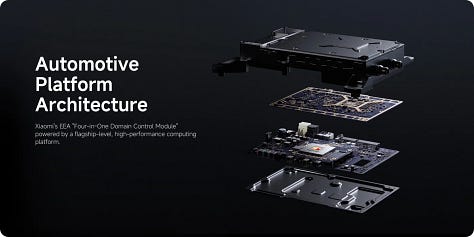
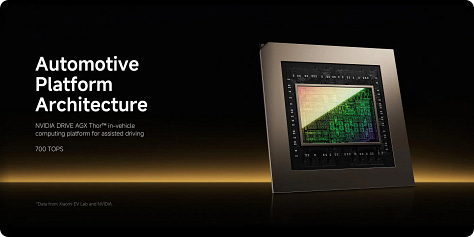

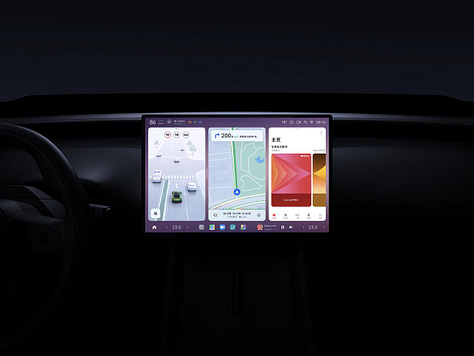

References
New Atlas – “240000 orders in 18 hours after YU7 launch” (27 Jun 2025). (newatlas.com)
WIRED – “Xiaomi YU7 is an SUV-sized middle finger to Tesla” (01 Jul 2025). (wired.com)
CNEVPost – “Xiaomi EV tech launch: live updates” (28 Dec 2023) – Thor/Orin, ¥4.7 bn R&D, HyperCasting. (cnevpost.com)
Gasgoo – “Xiaomi committed to investing ¥4.7 bn in intelligent driving” (09 Dec 2024). (autonews.gasgoo.com)
Reuters – “China bans ‘smart’ and ‘autonomous’ terms in vehicle ads after Xiaomi crash” (17 Apr 2025). (reuters.com)
CarNewsChina – “First fatal accident involving Xiaomi SU7” (01 Apr 2025). (carnewschina.com)
GizmoChina – “Over half of SU7 buyers use iPhones; HyperOS deep Apple integration” (27 Jun 2025). (gizmochina.com)
Reddit r/SelfDrivingCars – “Xiaomi YU7 launches with standard LiDAR, NVIDIA Thor 700 TOPS” (Jun 2025). (reddit.com)
LinkedIn Pulse – “Xiaomi 9 100-ton HyperCasting press surpasses Tesla’s Gigapress” (02 May 2024). (linkedin.com)
CNEVPost – “Tesla updates Model Y in China: 554 km CLTC range” (01 Oct 2023). (cnevpost.com)
This blog is edited and enhanced with ChatGPT o4-mini & Research supported by ChatGPT o3


